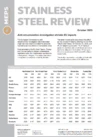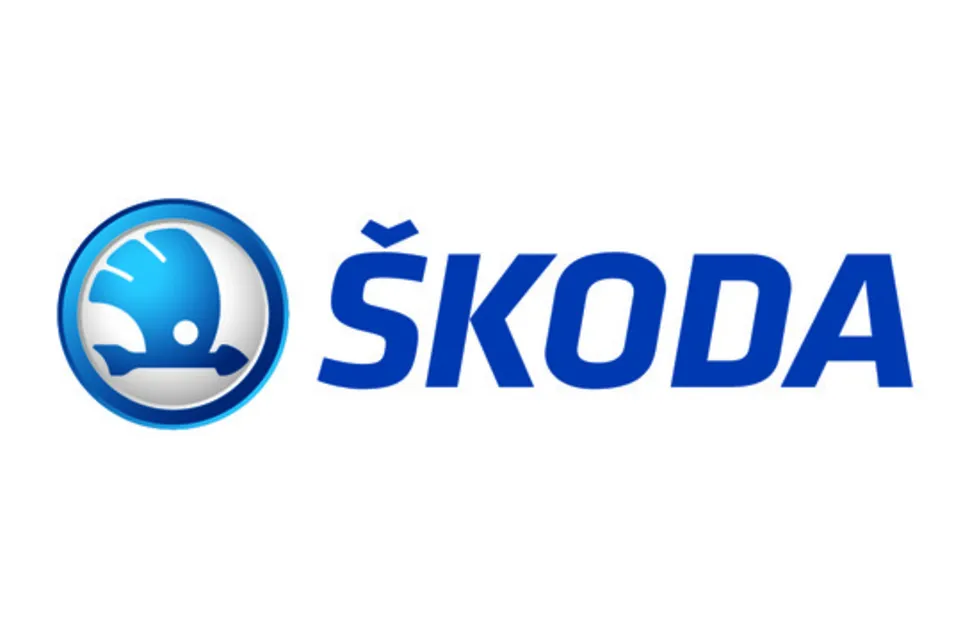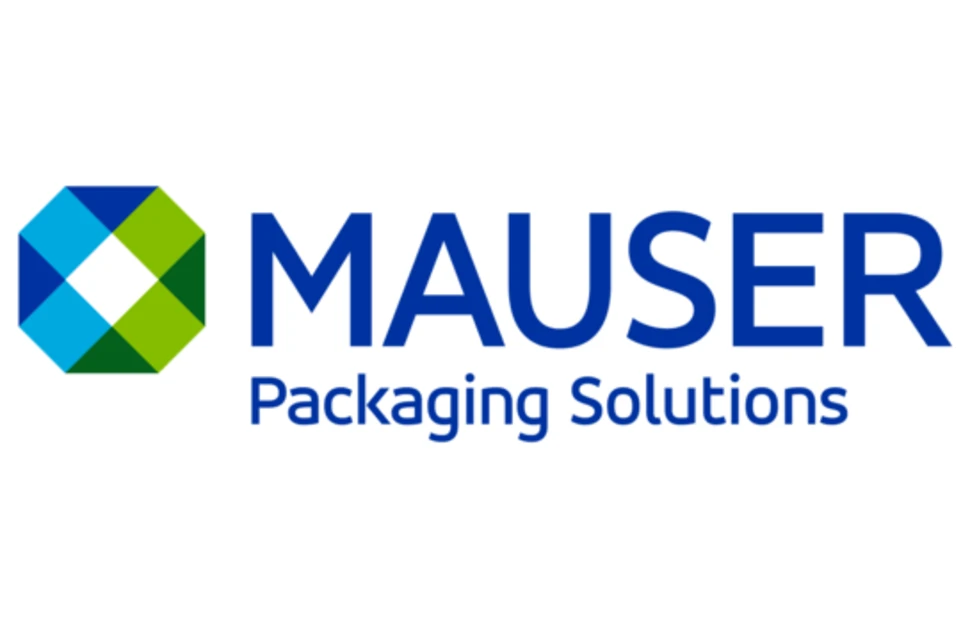US stainless steel mills attempt to recover market share
A lack of forward visibility and lingering recessionary concerns continue to have a negative impact on buyer confidence in the United States. The S&P Global US Manufacturing PMI increased marginally, month-on-month, in February, to 47.3. However, as this remains below 50 it confirms that the US economy is still in a state of negative growth.
Nevertheless, sentiment among stainless supply chain participants is fairly positive. Most report that market activity is now improving, after declining during the second half of last year. Nonetheless, overall sales volumes for the January-March period are expected to be lower than those recorded in the first quarter of 2022.
Stainless inventories quickly began to build in mid-2022, as exceptionally high import volumes in the first half of the year were met with weakening demand. This resulted in a swift change in strategy for most businesses as they put the brakes on purchases for stock replenishment, especially from East Asia. Consequently, arrivals of imported stainless cold rolled sheet and strip gradually reduced, month by month, during the second half of last year. This was despite overseas offers remaining substantially cheaper than domestic prices.
Preliminary data shows that imports of stainless cold rolled sheet and strip increased slightly in January, although tonnages still fell short of January 2022 levels, by nearly 50 percent. Import volumes during the second half of last year were approximately 40 percent lower than during the first. Much of the reduction can be attributed to a sharp drop in the tonnages arriving from Taiwan – which fell from 87,436 tonnes in the period from January to June, to 44,612 tonnes in the following six months.
Stainless steel inventories in the US, particularly those of hot and cold rolled material, are taking longer to deplete than most people anticipated, despite the large fall in imports. Several market participants now expect their stocks to return to more manageable levels by April. US domestic producers are keen to regain the restocking orders, previously lost to overseas suppliers, once they start to reappear.
Customers who had been unable to source material from local mills, since mid-2021, are now able to buy from them again. However, they are advised that there could be a return to tonnage allocations by April, if order books fill quickly.
Despite several months of reduced demand, US mill basis prices have remained stable, while transaction values have climbed in line with alloy extras. However, in February they rose by less than the increase in the mills’ published alloy surcharges – indicating downward pressure on basis prices. Several respondents reported being offered substantial increases in their discount levels, this month – despite an absence of official announcements of price decreases from the US producers.
It is likely that February prices for grade 304 will be the peak of the current cycle. Recent falls in nickel costs will result in reduced alloy surcharges from March onwards. The spike in molybdenum values will put further upward pressure on the price of 316 products. However, buyers are expected to remain cautious in their purchasing decisions while economic and geopolitical conditions are uncertain. Consequently, it is likely that the mills will remain open to negotiations on individual, non-contract deals, in the near term.

Source:
Stainless Steel Review
The MEPS Stainless Steel Review is an invaluable monthly guide to international stainless steel prices and includes the latest global stainless steel industry analysis.
Go to productRequest a free publication





